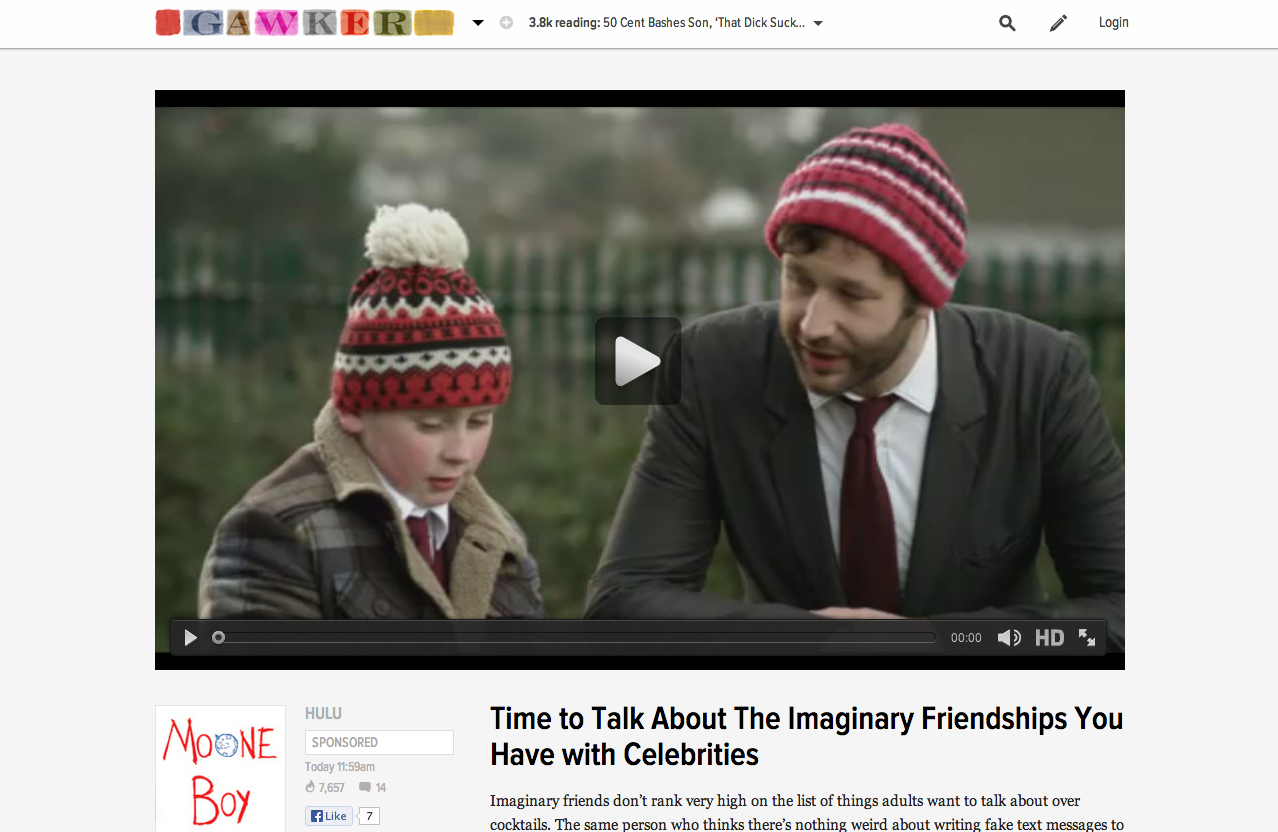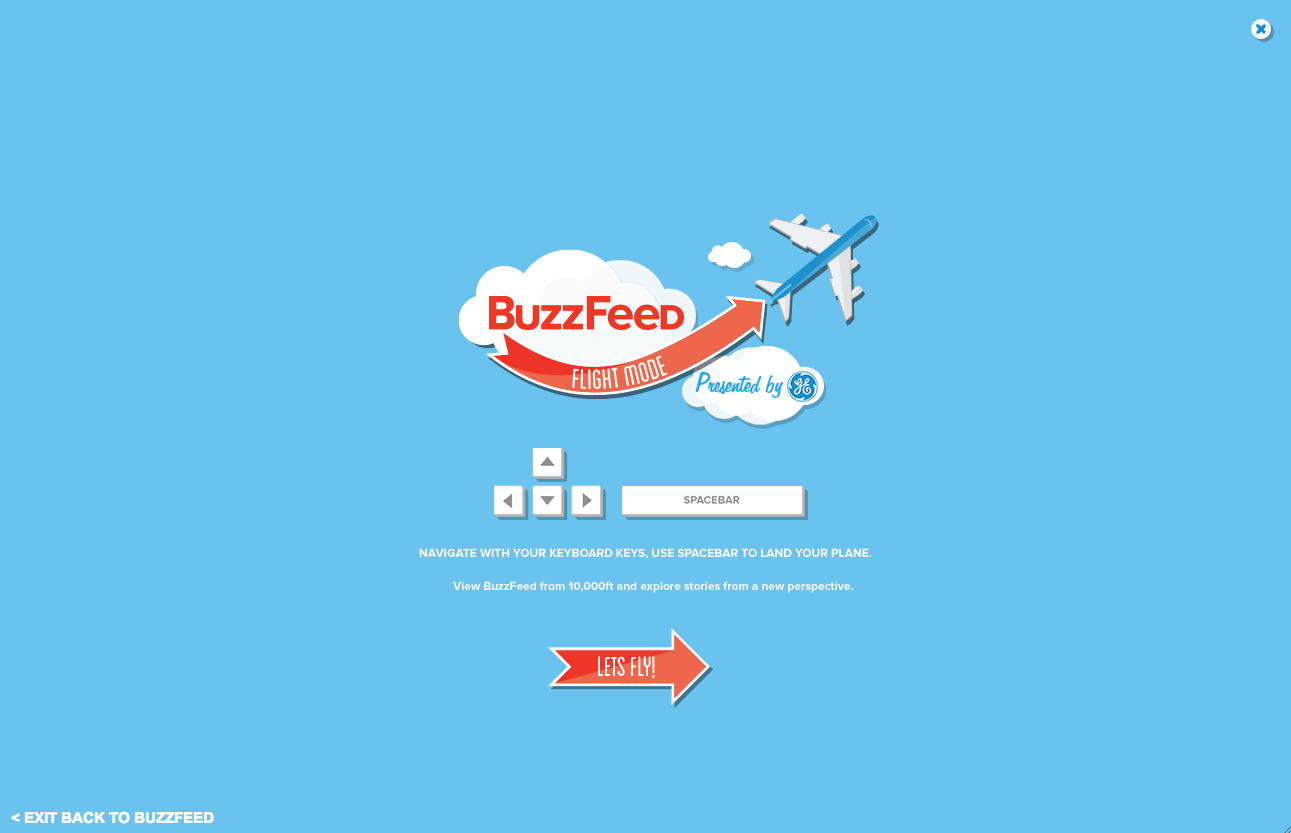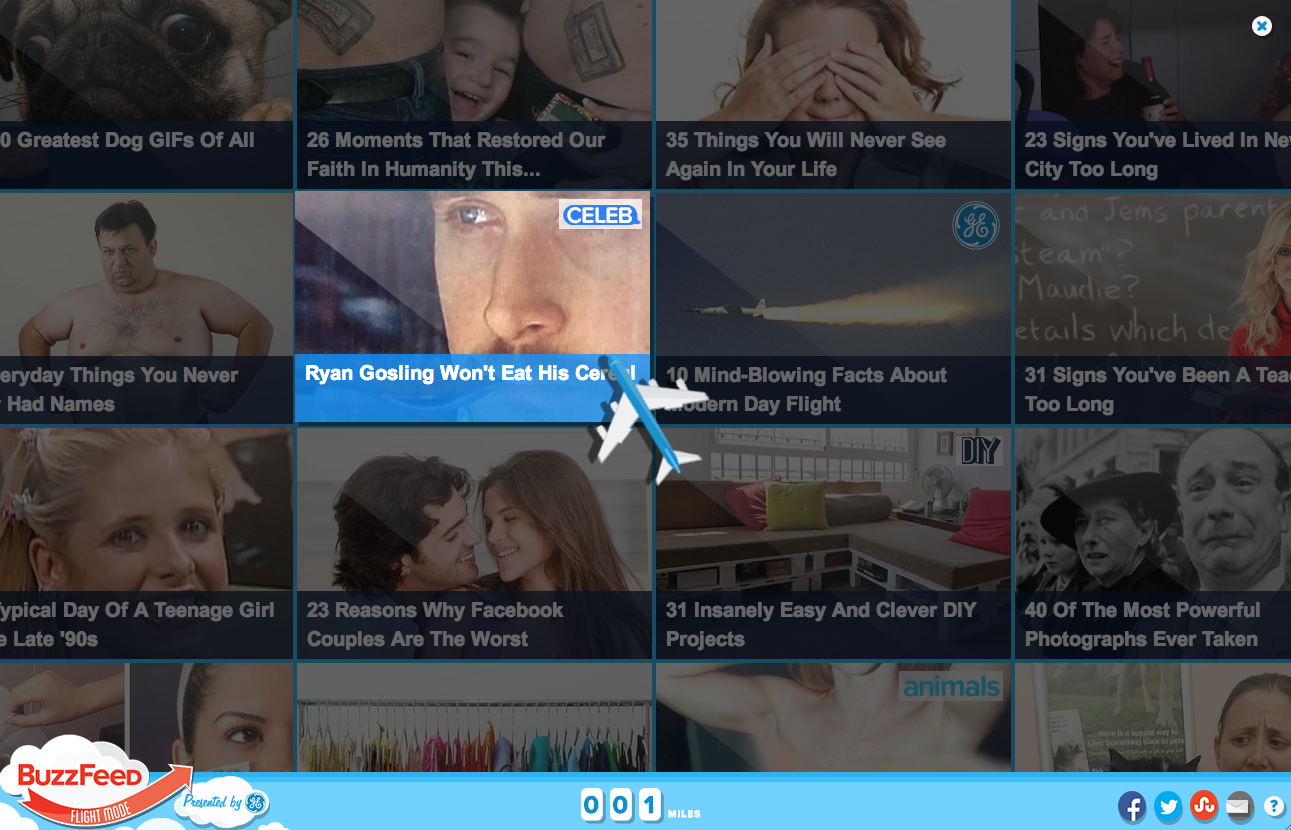During IDSD, David Lavine of AppsSavvy spoke about the rise and evolution of native advertising, content that is distributed directly by publishers. This form of advertising has become popularized recently amongst some of the major publishing companies online, such as BuzzFeed and The Atlantic. In fact, native ad spending is growing at a much more rapid pace than display ad spending and will continue to rise in the next few years.
However, there are skeptics who believe that this type of content misleads users since they blur the lines between true content and sponsored content. Though they may not be favored, these “beyond-the-banner” ads do grab reader’s attentions (Lavine explained that users look at native ads 52% more frequently than they do at banner ads). As brands are trying to reach these users and potential consumers, leading publishers are willing to shed some of their journalistic cred to put in place the “new” advertorial. After all, at the end of the day, ads help these publishers exist.
Each publisher has several options for brands wishing to push content on to their heavily trafficked sites. Below are some examples of what leading publishers are presenting as ad space and how much it will cost the brands:
Gawker: The “New” Advertorial
Working closely with a brand’s media agency, Gawker’s creative services team charges between $300,000 and $500,000 for about 12 to 16 pieces of individual sponsored content. Even though Gawker’s own editors may not find them that great, sponsored content is making its mark in digital publishing. Upon writing, sponsored content on Gawker is pretty indistinguishable other than the label, “Sponsored,” next to the date.

BuzzFeed: Sponsored Content Creativity
As one of the first publishers to popularize sponsored content, BuzzFeed’s creative services team charges around $100,000 for four or five posts. Most recently, GE is partnered with BuzzFeed for their “Flight Mode” campaign, promoting GE Aviation’s presence at the 2013 Paris Air Show. Veering a bit away from the typical advertorial style post, clicking on “Flight Mode” took you to a separate page where you could navigate a plane with your keyboard around various BuzzFeed articles (i.e. instead of using the standard BuzzFeed layout).




Learn from The Atlantic’s mistake
Though The Atlantic had a bit of a snafu involving an irrelevant sponsored post earlier this year, they have updated their advertising guidelines to make sure to include “SPONSORED CONTENT” clearly on every ad and a disclaimer stating that the content is not written by the editorial staff. For an insider’s look, Derek Thompson from The Atlantic offers his two cents on sponsored content.
Do you dabble in sponsored content? Leave a comment behind on our Facebook page or tweet us.